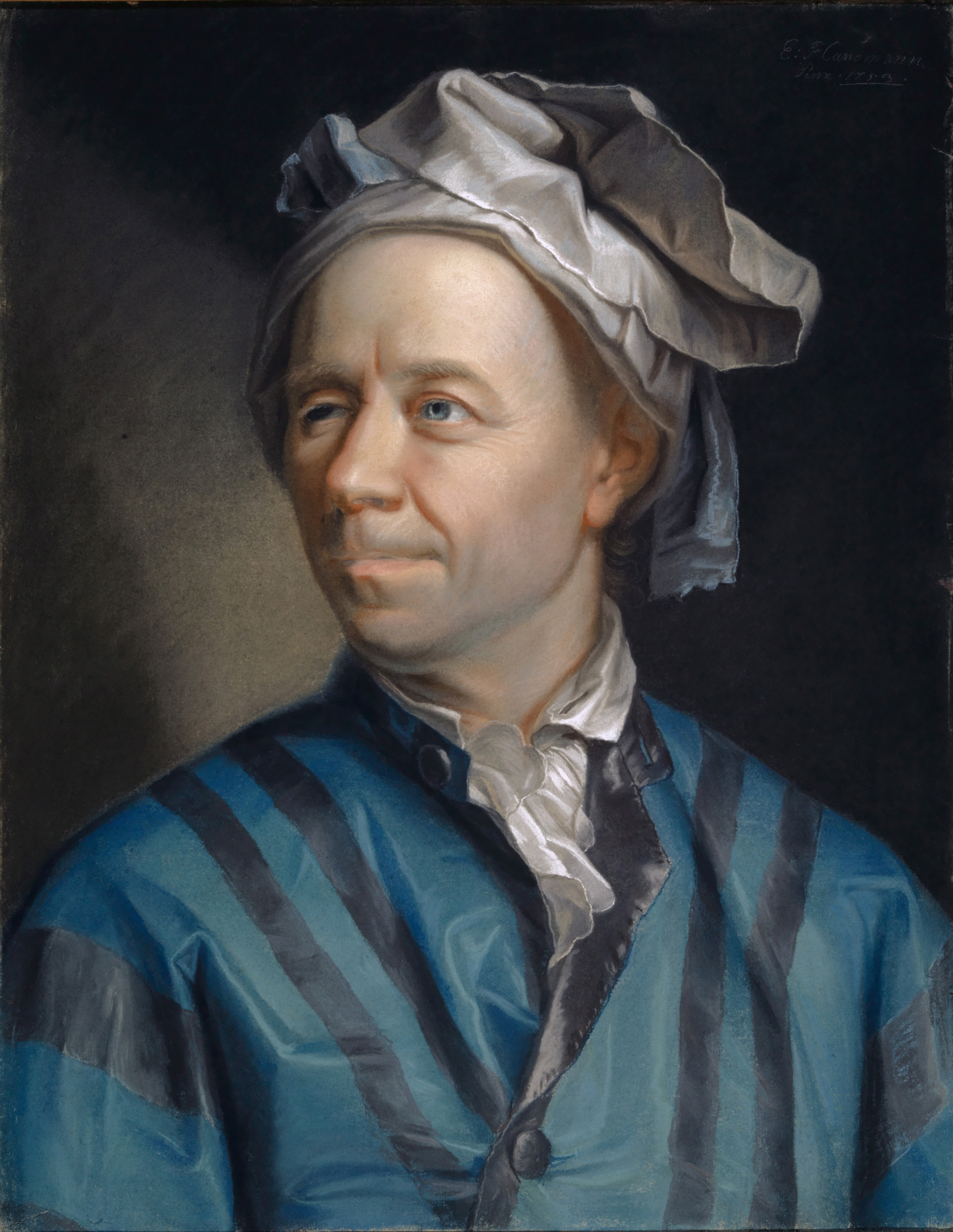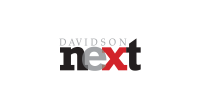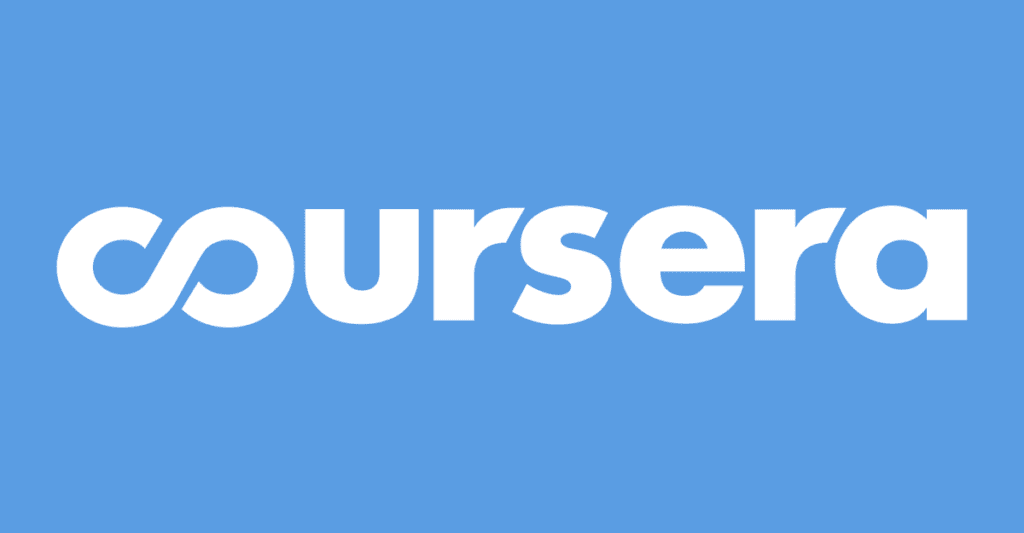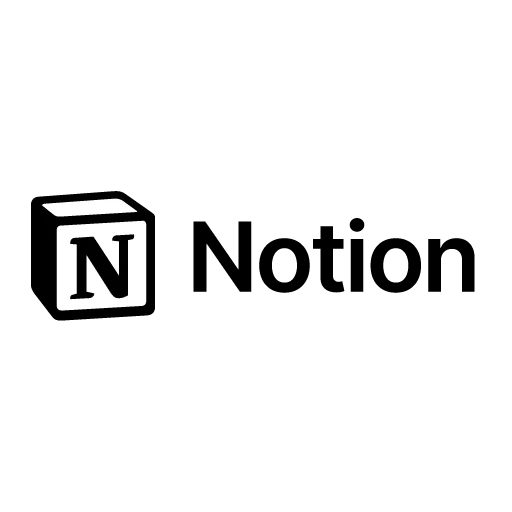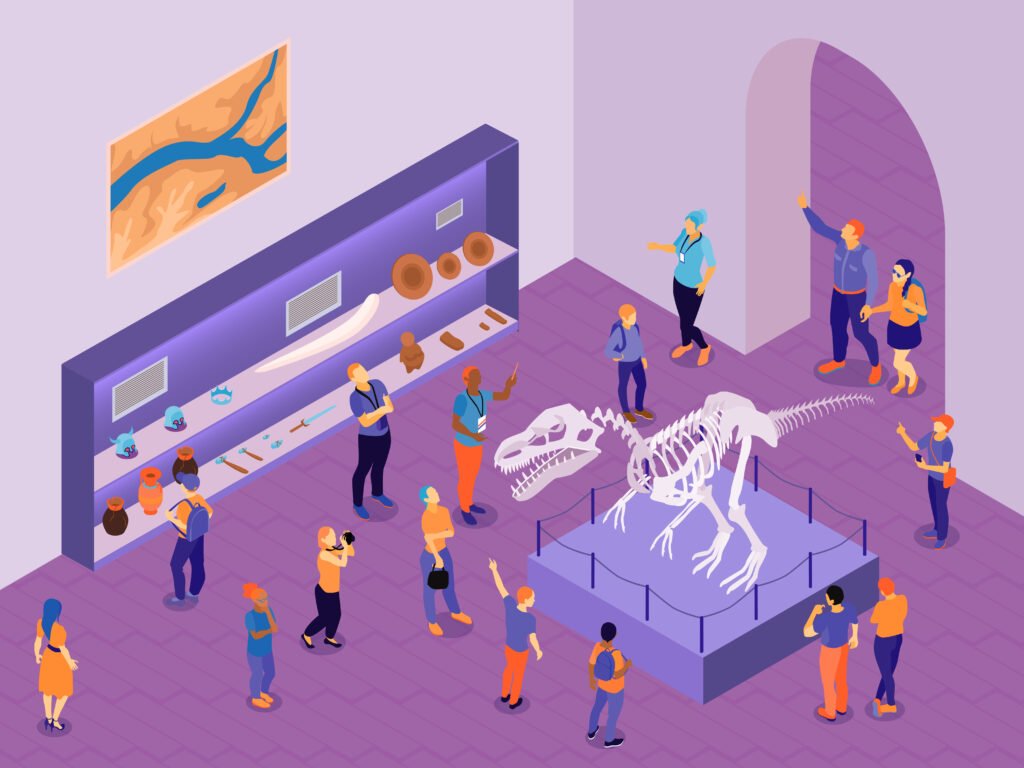The online moment of force simulations on this page will allow you to study how moments act on objects in different static and dynamic situations. We will discover how the moment of force is calculated, what are the equilibrium conditions of forces and moments for a system to be stable and how moments act in a dynamic system
What is the moment of force
The moment of force, also known as moment or torque, is a physical quantity that describes the tendency of a force to cause a rotation around a specific point or axis. It is produced by the application of a force at a given distance from the point of rotation.
Calculation of the moment of force
The moment of force is calculated by multiplying the magnitude of the force by the perpendicular distance from the point of rotation to the line of action of the force. Mathematically, it is expressed as:
Moment = force × distance × sin(θ).
Where:
Force is the magnitude of the applied force.
Distance is the perpendicular distance from the point of rotation to the line of action of the force.
θ is the angle between the direction of the force and the line joining the point of rotation to the point of application of the force.
The moment of force is measured in a unit called newton-meter (Nm) in the International System (SI).
The moment of force can be positive or negative, depending on the direction of rotation it induces. If the moment is positive, it indicates a clockwise rotation, while if it is negative, it indicates a counterclockwise rotation.
Equilibrium conditions. Equilibrium of forces and equilibrium of moments
For a body to be in complete equilibrium, two main conditions must be met: equilibrium of forces and equilibrium of moments.
Equilibrium of forces
The equilibrium of forces implies that the vector sum of all forces acting on the object must be equal to zero, which ensures that there is no linear motion.
Moment equilibrium
On the other hand, moment equilibrium requires that the algebraic sum of all the moments of forces acting on the object with respect to a given point or axis also equals zero; this means that there is no net tendency to rotate.
Moment of force in dynamics
In dynamics, the moment of forces plays a crucial role as it is directly linked to the angular acceleration and rotational inertia of an object. When a force acts on a rigid body at a certain distance from an axis of rotation, it generates a moment that can produce a rotation. The magnitude of the angular acceleration experienced by the object depends not only on the applied force and the distance to the axis, but also on the mass distribution of the object, which is known as the moment of inertia. The moment of forces is therefore responsible for the fact that bodies such as wheels, pendulums or gears can start, stop or modify their rotational motion.
Applications of the moment of force
The moment of force has numerous practical applications in fields such as engineering, mechanics, architecture and physics, where they are used for the design of structures, the determination of the stability of objects and the analysis of rotational motions.
Explore the exciting STEM world with our free, online simulations and accompanying companion courses! With them you'll be able to experience and learn hands-on. Take this opportunity to immerse yourself in virtual experiences while advancing your education - awaken your scientific curiosity and discover all that the STEM world has to offer!
Moment of force simulations
- Balance
- Bridge
- Lever
Balancing Act
Play with objects on a seesaw to learn about balance. Test what you’ve learned with the balance challenge game and verify that equilibrium is achieved when there is equilibrium of forces and equilibrium of moments.
.
File
Lever
A lever is a tool that allows us to transmit force using a bar and a fulcrum. See what force is required to balance the mass depending on the distance to the fulcrum.
- Door
- Arm
- Bridge II
Turning a door
In this simulation, the moment required to rotate the door is fixed. Observe how the force to be applied varies when moving the handlebar or changing the angle of application of the force. How to minimize the force required?
Rocker arm
In this simulation, different masses can be placed in various positions on the rocker arm. See how by changing the masses and the distances to the center of each side, different balanced configurations can be achieved.
Giants of science
“If I have seen further, it is by standing on the shoulders of giants”
Isaac Newton

Augustin-Louis Cauchy
–

Galileo Galilei
–
Become a giant

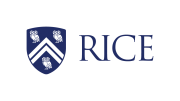
Mechanics, Part 2



Mechanics, Part 1



Dynamics and Control



The Basics of Transport Phenomena



Circuits for Beginners



AP® Physics 1 – Part 1: Linear Motion



Pre-University Physics

